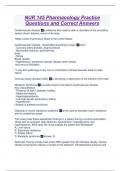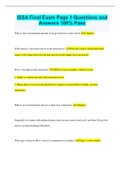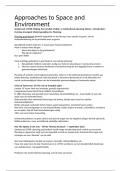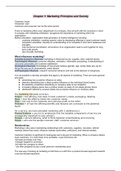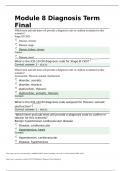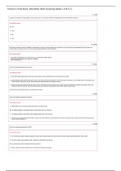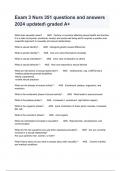Exam (elaborations)
NUR 145 Pharmacology Practice Questions and Correct Answers
- Module
- Institution
Cardiovascular disease a collective term used to refer to disorders of the circulatory system (heart, arteries, veins) of the body. *Major cause of premature death in the United States. Cardiovascular Disease - Subdivided according to organ Heart -Coronary artery disease, angina pectoris -Myocard...
[Show more]
